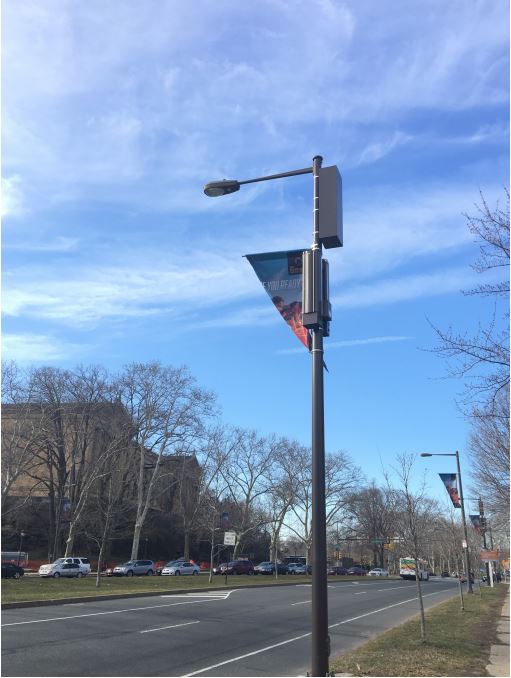In the past year, we’ve relied on the internet, smartphones and other devices to stay virtually connected to each other. We’ve learned just how essential digital connectivity is and that it has endless possibilities for supporting even the most essential functions, including access to education and healthcare. But the year has also brought the digital divide, which predates stay-at-home orders, into stark relief, particularly for low-income communities and disproportionately Black and Latino households.
According to the U.S. Census, around 20% of Philadelphia households lack a broadband internet subscription; many rely on their smartphones to get online.
Philadelphia has taken steps in the right direction to alleviate these challenges. PHLConnectEd, for example, launched an effort to provide free internet service in response to more than 35,000 families (and recently, households with prekindergarten-aged students) as the School District of Philadelphia switched to online learning. The recent announcement of a partnership with Verizon to relaunch the City’s public computing centers as Keyspot Innovation and Technology Centers provides direct technology and internet access to families.
Philadelphia’s progress, however, should consider the mobile nature of internet access and the transformational capabilities of wireless technology. While wired broadband provides a fixed connection to the internet from one’s home, wireless networks create an umbrella of coverage across Philadelphia. With young people and underserved communities more likely to rely on their wireless devices to get online, updating our mobile networks is critical to ensuring all communities can get online.
The next generation of wireless connectivity, 5G, will be up to 100 times faster and have the ability to connect 100 times the number of devices compared to the 4G standard. That translates to better connectivity to find information about jobs, complete schoolwork and access healthcare. 5G will also bring $32 billion in GDP and over 76,000 new jobs to the Greater Philadelphia area.
Fiber and small cells — antennas located on structures like streetlights and utility poles that enhance mobile coverage and capacity — are key to the deployment of 5G. Crown Castle, which has an office of more than 100 employees in King of Prussia and a private data center in the city, works directly with Philadelphia’s Streets Department to coordinate the installation of small cells and fiber to support connectivity across the city.
5G communication infrastructure is critical for preparing Philadelphia for the future, while helping to ensure that Philadelphians are connected regardless of their location and address long-term problems of connectivity.
Believe it or not, 5G is already here. Wireless carriers have already launched 5G networks and compatible smartphones nationwide, including here in Philadelphia with T-Mobile, AT&T and Verizon. There’s still work to be done to ensure every Philadelphian is connected; yet, the move to 5G brings promise of an accessible solution.







